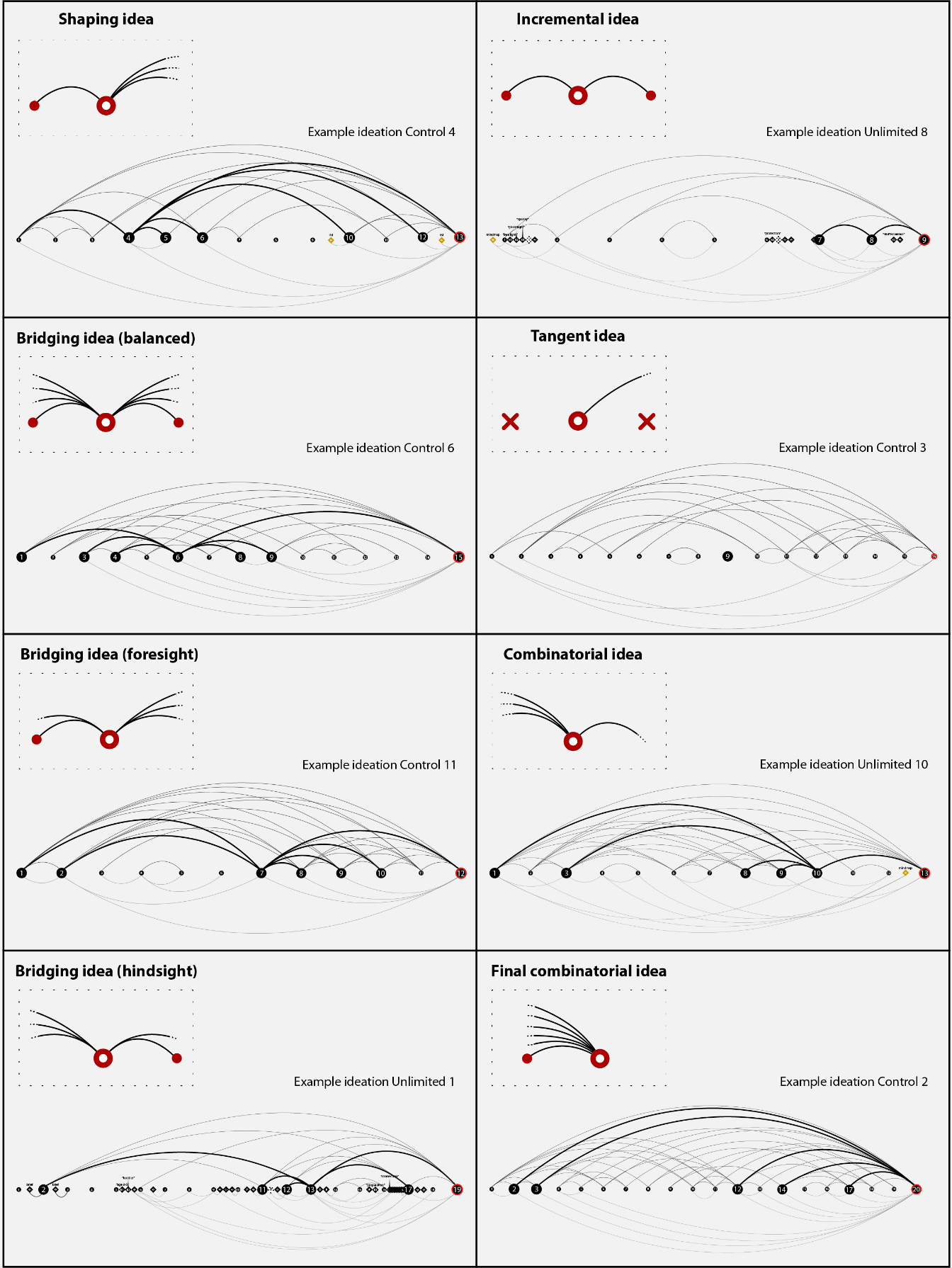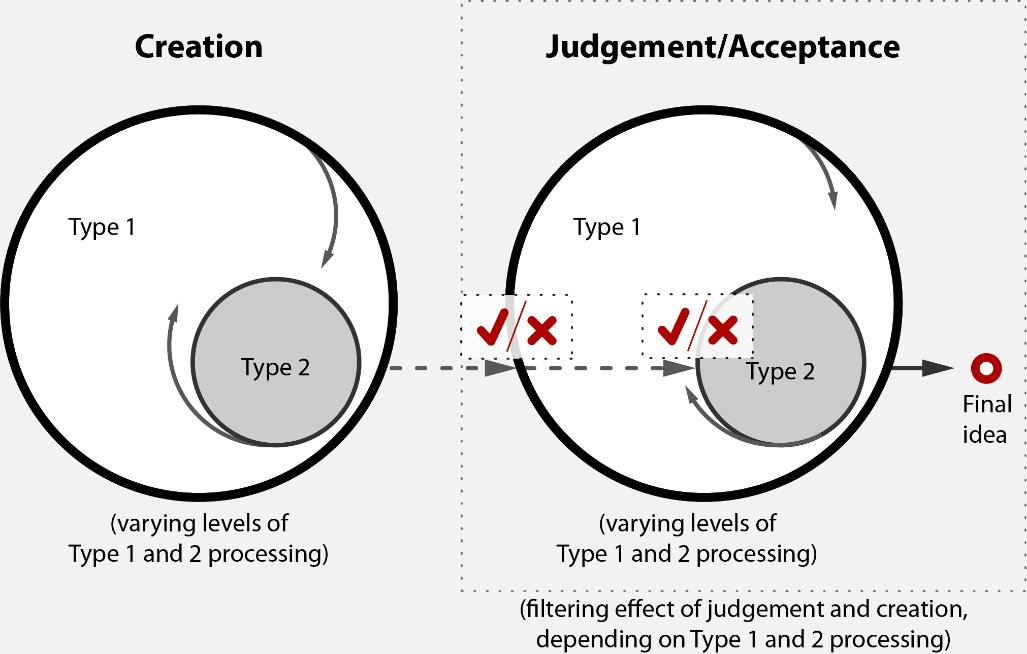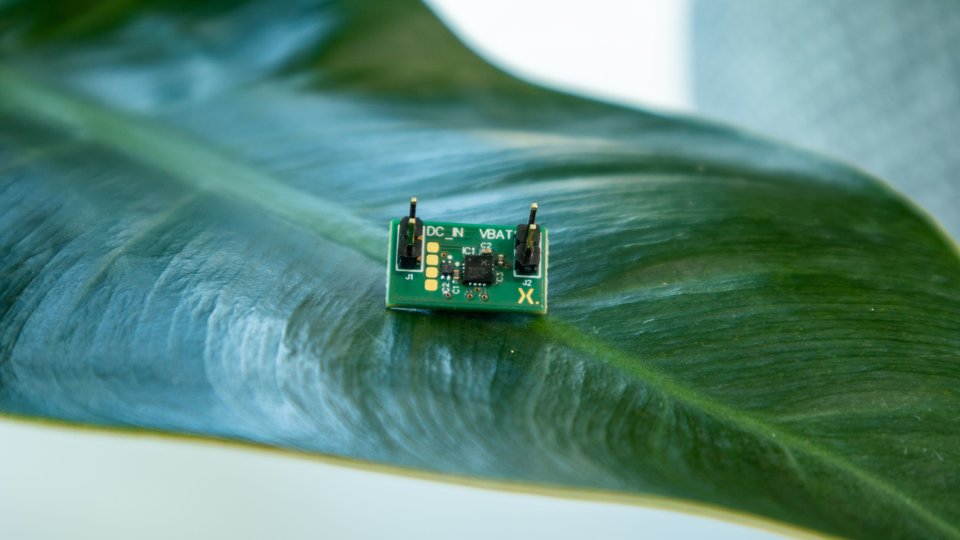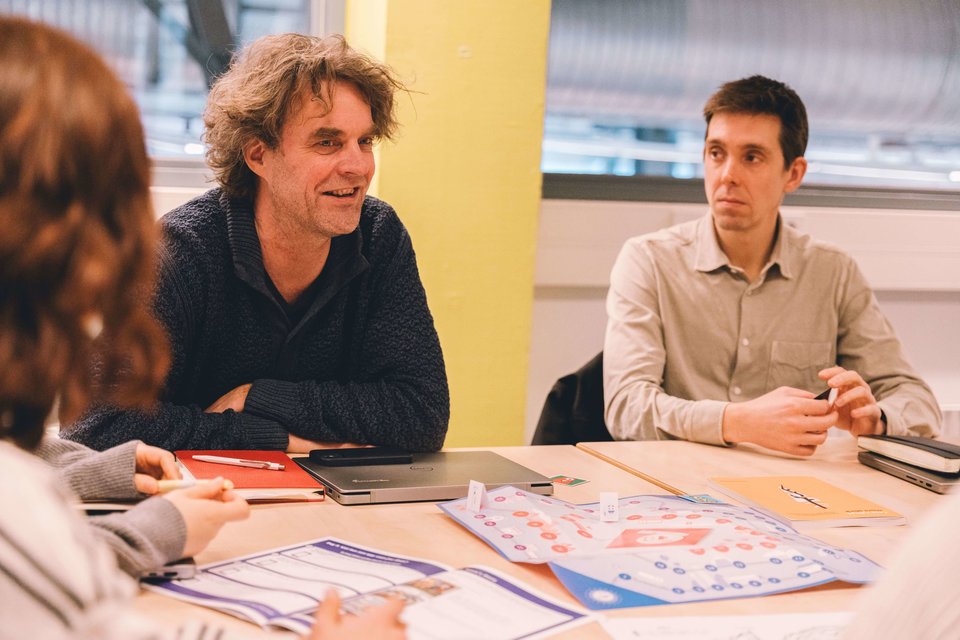The life cycle of creative ideas
The importance of ideas
Ideation is the beating heart of design. Whether we’re creating products, services or experiences, the ideas we generate shape our design process and the creations we share with the world. It's no surprise, then, that the act of ideation is a source of fascination for design researchers, with diverse perspectives and theories as to how ideas are made. However, this diversity can cause problems when looking at ideation as a whole. And, of course, it is not yet clear why some ideas thrive and others die on the way, or why the most creative ideas tend not to survive until the end of the design process.
IDE researcher Milene Gonçalves explores this issue in a paper just published in ‘Design Studies’: The life cycle of creative ideas: Towards a dual-process theory of ideation. Alongside her colleague Philip Cash (Technical University of Denmark), Milene presents a new model of ideation that considers process and cognition in equal measure. The model, known as Dual-Process Ideation (DPI), offers designers valuable insight into the complexities of creativity.
Idea archetypes
DPI frames ideation within the dual-process theory: a composite process in which intuitive and analytical reasoning processes occur in parallel. To understand how these two forms of reasoning are used in ideation, Milene carried out a number of ideation sessions with IDE students. The students’ sketches and (verbal) comments were analysed thematically, which led to the emergence of eight idea archetypes: the archetypes describe when and where an idea occurs in the ideation process, and how it is connected to other ideas. For example, a Combinatorial Idea is synthesised from aspects of several previous ideas, whereas a Tangent Idea breaks away from the chain of ideas around it. Together, these archetypes helped Milene and Philip to identify key themes in the DPI model.
The 8 archetypes:
Milene and Philip also found that the archetypes had clear links to different processing regimes within dual-process theory. For example, Shaping Ideas were the result of intuitive, unconscious associations, whereas Bridging Ideas were created deliberately based on previous solutions. As a result, the archetypes show how individual ideas can be placed within a broader process of ideation, and how this ideation can be framed as a dual process.
Creating and judging
Additionally, the DPI model demonstrates how each idea is a combination of creation and judgement, continuously operating together. During the ideation process, designers continuously create ideas and judge them on both conscious and unconscious levels, resulting in either sacrifice or acceptance of an idea. The proportion of conscious or unconscious reasoning varies throughout, depending on the designers’ cognitive state at the moment the idea is produced.
The DPI model also shows us that, in design, all ideas are important. An idea — no matter how simple or obvious — serves as a valuable stepping stone towards a final design. The DPI model suggests also that the first ideas have a far-reaching influence on the later ones, meaning that final concepts are usually closely related to one’s first thoughts. However, that can be harmful to creativity, as these Shaping Ideas “are unlikely to be the best ideas generated during an ideation session” (Osborn, 1953, p.132).
All of this shows the importance of becoming aware of the cognitive tendencies we have while we create.

Milene Gonçalves
- +31 (0)15 27 81729
- m.guerreirogoncalves@tudelft.nl
-
Room 32-B-4-100
Present on: Mon-Thu
"Your ideas are only as creative as you are able to show them."






